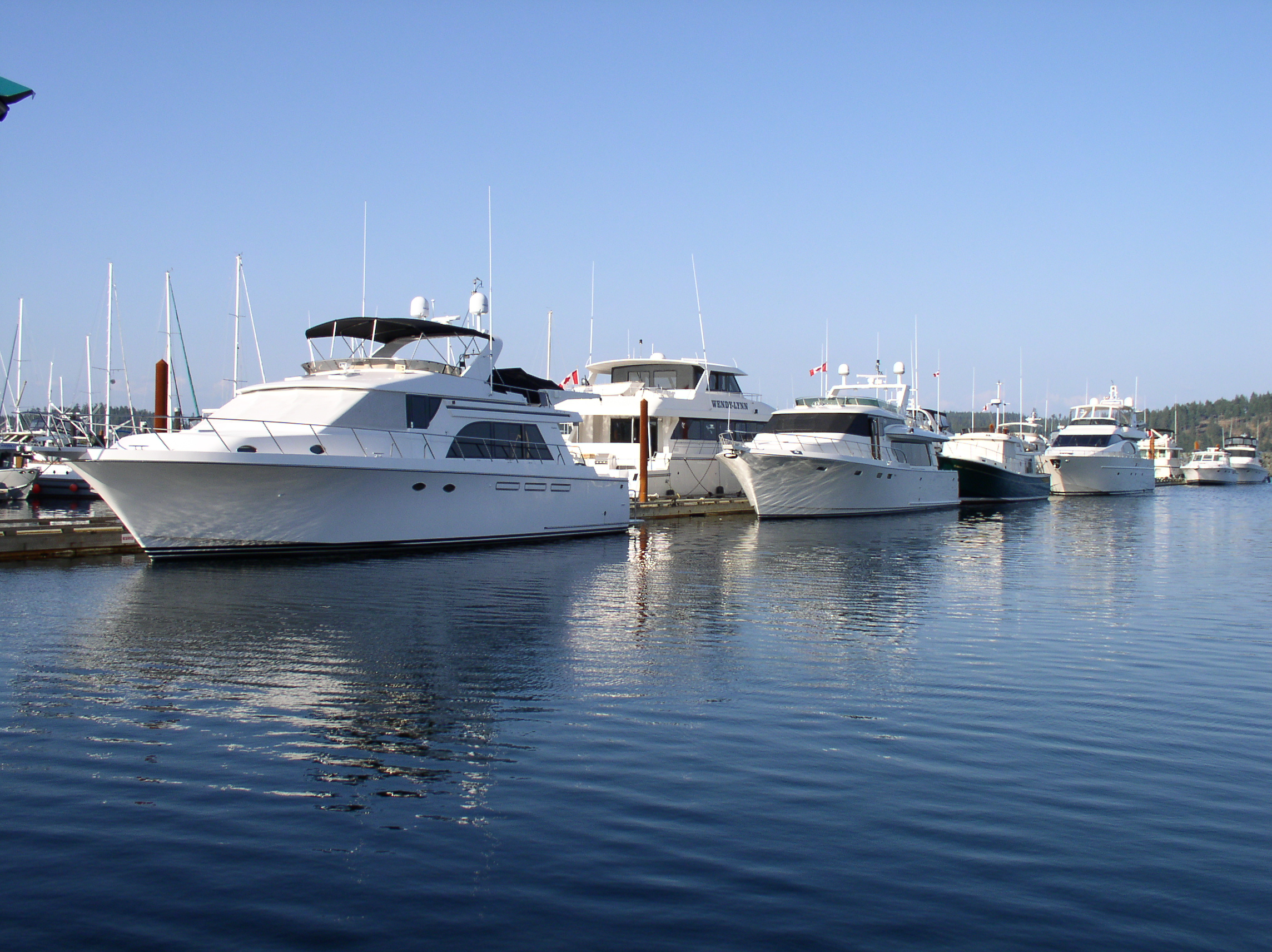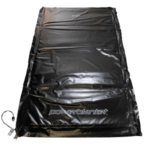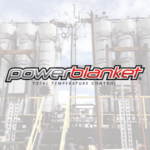Boat Building Epoxy
To many people, summer means time on the lake or in the ocean boating or jet skiing. Have you ever considered how boats and other water craft are built? High-tech water vessels of today use some form of fiber construction and boat building epoxy.
Epoxy Construction on Water Vessels
Unless you’re out enjoying the water in an older, traditional wooden or aluminum boat, you are likely sitting in a piece of modern engineering–the type that involves high-quality plastics, glass fibers (sometimes referred to as glass-reinforced plastics – aka: fiberglass), and on some occasion, even carbon fiber. Today, most boat and jet ski construction uses composite materials, and this also requires heavy-duty resins.
Boat Building Composites
High-grade epoxy resins bind composites, such as fiberglass and carbon fiber. These resins both bind and coat the material in a hard, nearly impervious shell—making for very strong construction. For those familiar with epoxy curing, it is apparent that the primary challenge is temperature. Most epoxies cure well above room temperature, and when the construction project is as big as boats, the endeavor becomes all the more difficult.
Gold Coast Yachts and Improved Epoxy Curing
Gold Coast Yachts manufactures high-end, carbon-fiber watercraft. In June 2014 President Richard A. Difede grew increasingly concerned about the cost and time it took for their post-curing of large carbon-fiber joints on the yachts. The epoxy joints needed to cure at 145° F for an extended period of time, and the procedure Gold Coast used took too much time and money.
Building an Oven
Gold Coast had to design, build, and utilize large custom ovens for each section of yacht frame that needed high-temperature exposure. In other words, they were building a large shed around each and every frame. Workers used two-by-fours and sheet rock and created a sealed unit to pump heat into. The process took a good deal of time and manpower, not to mention the extra costs for equipment.
Building the makeshift oven was only half the battle. Once they completed building the unit, someone had to man the oven for the duration of the cure to regulate the temperature. To prevent a compromised process and time delays, they could not allow the temperature to fall below 145° F or climb too high above it.
Even while pumping the constructed oven with ample heat, they were still having trouble penetrating through all the layers of carbon fiber. If the right amount of heat didn’t penetrate through all layers, the cure wouldn’t set completely. This long, costly, and inefficient process began to eat into the company’s valuable time.
Powerblanket and Boat Building Epoxy Curing
“When Richard contacted us, it was obvious that he needed something far less-expensive and time consuming than his present method,” the Powerblanket sales rep said. “I discussed with him the details of our epoxy-curing blankets, and he was excited to try them out. What started with a two-foot-by-two-foot test blanket quickly snowballed into many more orders.”
Difede and his team soon found that the Powerblanket curing solution worked exceptionally well and eliminated the need for the time consuming prebuilt ovens. With a thermostatic controller on each blanket, they could dial in the ideal temperature and have confidence the process would run smoothly. Powerblanket’s patented technology distributed heat evenly through the entire application and increased the speed of the cure by leaps and bounds.
After trying out the small demo blanket, Difede and his team purchased several additional blankets in multiple sizes. It wasn’t long before they decided to take it one step further. After learning about Powerblanket custom heating solutions and the ability to manufacture custom blankets for just about any application, Difede purchased several custom-sized blankets for current and future projects.
Curing at Ideal Temperatures
Powerblanket offers the boat-manufacturing world a much better solution. With Powerblanket epoxy and resin curing blankets, a manufacturer can saves thousands of dollars and hours of time just on one boat build. Our curing blankets allow epoxy to cure at its ideal temperature for as long as needed. What’s more, Powerblanket curing blankets are available in ready-to-ship and customizable sizes and shapes.
Epoxy Specifically Developed for Boat Building & Boat Repair
West System offers two-part (resin and hardener) epoxy systems developed for use in boat building and boat repair. These products are formulated to provide maximum physical properties with ease of use and versatility. With the 105 System, users can blend resins, hardeners, fillers and additives to get the right combination for their project’s requirements. 105 Resin pairs with one of four hardeners based upon the user’s needs for working time and coating clarity. Adjust the mixtures handling and cured physical properties with fillers and additives. This product allows users customize the epoxy to their exact needs for boat construction and boat repair.
Cure your epoxy resins faster and easier than ever before with Powerblanket.







